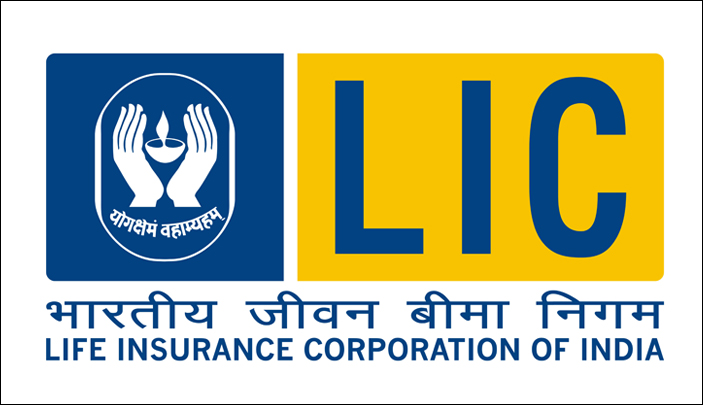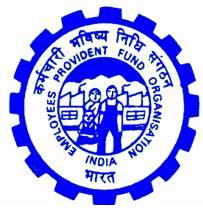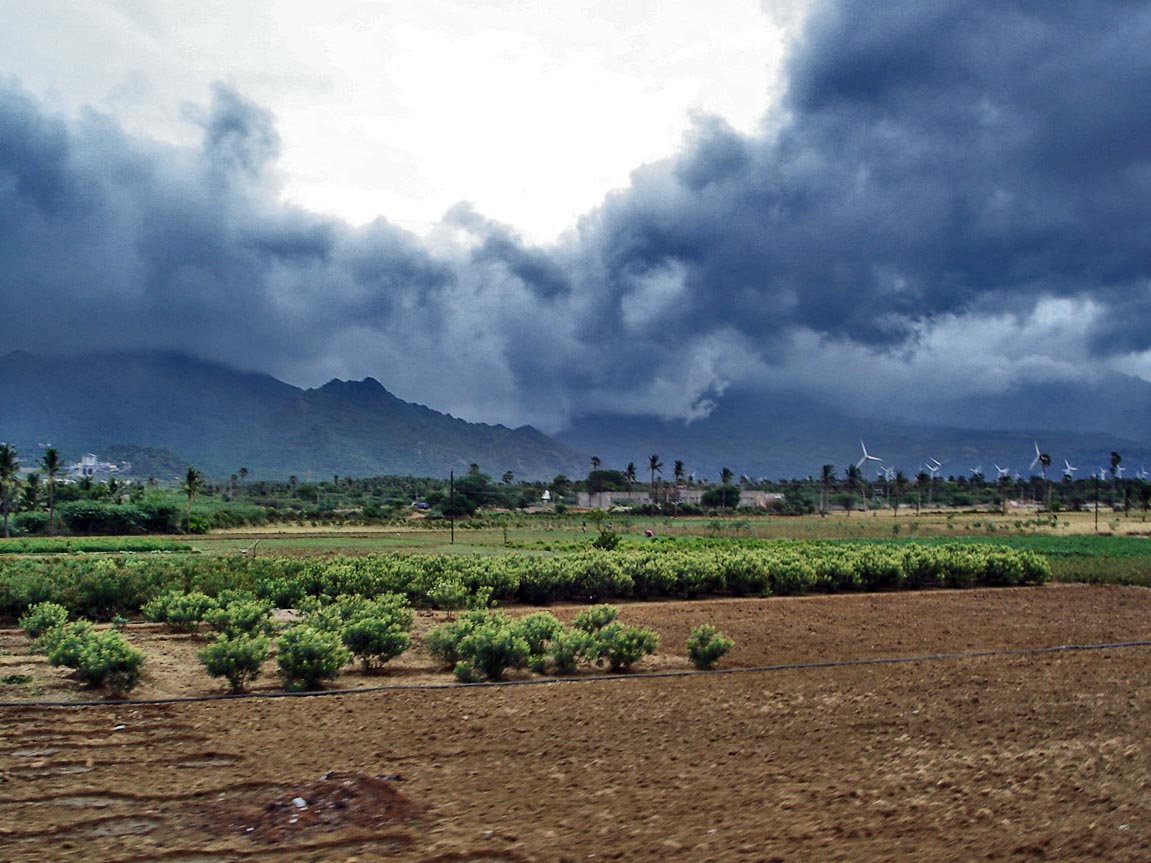The Life Insurance Corporation(LIC) of India is India’s biggest insurance company. It is also India’s biggest investment firm.
It is so big that it keeps coming to the rescue of the government now and then, when the government cannot find enough buyers for the financial securities that it wants to sell.
Nevertheless, the question is, how good is LIC when it comes to generating returns on the investments it makes?
Before we figure that out, it is good to point out that LIC is basically an investment firm which also sells insurance. A major portion of the money that it collects as premium from Indians, against the so called insurance policies that it sells, is invested in stocks and bonds (both private as well as government).
The insurance policies that LIC sells are basically investment plans with a dash of insurance. And given that the premium that it collects and in turn invests, should be generating decent returns for the policyholders (actually investors). Of course, the tragedy is that most of these policy holders don’t even know that they are actually investors.
So how do things look? The accompanying table gives us the investment track record of LIC between 2005-2006 and 2014-2015. As is clear from the table the investment record of LIC has been dismal to say the least.
In 2014-2015, the investment firm earned a return of 7% on its investments. The average return on the 10-year government bond during the course of the year was 8.3%. The investment return of LIC was 130 basis points lower than the average return on a 10-year government bond. One basis point is one hundredth of a percentage.
| Year | Income from investments (In Rs crore) | Investments (In Rs Crore) | Return (%) | Average returns on 10 year govt bond | Difference |
| 2014-2015 | 1,35,483 | 19,462,49 | 7.0% | 8.3% | 130 basis points |
| 2013-2014 | 1,18,097 | 16.846,90 | 7.0% | 8.4% | 140 basis points |
| 2012-2013 | 1,03,882 | 14,864,57 | 7.0% | 8.2% | 120 basis points |
| 2011-2012 | 90,267 | 13,495,32 | 6.7% | 8.5% | 180 basis points |
| 2010-2011 | 77,667 | 12,665,39 | 6.1% | 7.9% | 180 basis points |
| 2009-2010 | 67,198 | 10,958,41 | 6.1% | 7.3% | 120 basis points |
| 2008-2009 | 56,583 | 8,15,484 | 6.9% | 7.6% | 70 basis points |
| 2007-2008 | 47,999 | 7,56,891 | 6.3% | 7.9% | 160 basis points |
| 2006-2007 | 40,572 | 6,13,267 | 6.6% | 7.8% | 120 basis points |
| 2005-2006 | 35,479 | 5,24,017 | 6.8% | 7.2% | 40 basis points |
| Source: LIC annual reports and www.investing.com |
[These numbers may not reflect mark-to-market on certain investments and hence the investment income may be higher, though it cannot meaningfully alter the returns.]
In fact, the difference between the average returns on a 10-year government bond during the course of a year and the investment returns of LIC vary between 40 basis points and 180 basis points. This is a huge difference.
The average return on investment for LIC over a period of ten years between 2005-2006 and 2014-2015 has been 6.7%. The average return on a ten-year bond has been 7.9%. The difference between the two returns is 120 basis points.
In fact, the average rate of inflation between 2005-2006 and 2014-2015 was 8.85%. Hence, the average return on investment of LIC was lower than the rate of inflation as well.
What does this tell us about a professional investment firm like LIC? It tells us that LIC is doing a terrible job of managing public money. Any investment firm should be able to generate average returns greater than the returns on government bonds, at least. It should also be able to beat the inflation. In fact, that is what it is paid a fee for. But that doesn’t seem to be happening in case of LIC.
The investment returns of LIC have been consistently lower than the 10-year government bond returns. First and foremost, this tells us that the investment management capabilities of LIC are very bad, given that its investment returns have been 120 basis points lower than returns on a 10-year government bond, over a period of ten years.
Further, LIC would be simply better off by buying government bonds and then holding on to them till maturity, instead of actively trying to manage money. It would probably end up earning higher returns than it currently does.
Second, what this also tells us is that the government is interfering too much in the functioning of the firm and getting it to make investments, which it shouldn’t be making in the normal scheme of things. The government regularly gets LIC to invest in shares of public sector enterprises which other investors are not willing to pick up.
In the recent past LIC has picked up stakes in public-sector banks to help them meet their capital requirements. As a March 29, 2016, news-report in The Indian Express points out: “Since the beginning of 2016, LIC has brought into preferential allotment of as many as six banks, supporting the fund-raising requirement of these banks in turn. Share prices of PSBs on an average have declined close to 11.7% so far this year.”
The public-sector banks are sitting on a huge corporate-debt time bomb. Many corporates they have lent to over the years are currently no longer in a position to repay their loans or have simply siphoned off this money. The question is why is LIC money being invested in these banks? This is because the government wants to continue owning these banks, instead of selling them out.
Also, LIC now owns 21.22% of Corporation Bank, 14.37% of IDBI Bank and 14.99% of Dena Bank. Again, the question, why should an investment firm managing public money be taking on such concentrated risk? In fact, the Securities and Exchange Board of India(Sebi) regulations do not allow a mutual fund to own more than 10% of a company.
Why doesn’t the same rule apply to LIC as well? Like mutual funds LIC is also in the business of managing hard-earned public money.
Unnamed LIC officials in various news-reports justify this buying by saying that they are buying value. Maybe they are, but buying value does not mean betting the house on one stock. When an institution is managing as much money as LIC is, some basic investing principles need to be followed.
Third, it tells us that individuals are better off putting their money somewhere else rather buying LIC policies. What is the point in investing money in order to earn a return of 6-7% on an average? Yes, investing in LIC policies helps people save on tax, but there are better ways of saving tax like the Public Provident Fund(PPF).
Between 2009 and now the returns on PPF have never gone below 8%. In fact, currently the rate of interest on PPF is at 8.1%. As far as an insurance cover is concerned, individuals can look at buying a pure term insurance policy, which just offers insurance against the premium paid.
Fourth, the government needs LIC to finance its fiscal deficit and to keep rescuing the public sector enterprises which aren’t a viable business anymore. Fiscal deficit is the difference between what a government earns and what it spends. LIC helps the government finance its fiscal deficit by buying government bonds and at the same time it also helps the government meet its disinvestment target by buying shares of public sector enterprises which other investors are not interested in. This money helps narrow the fiscal deficit.
In the process, the returns that LIC is able to generate on its investment portfolio get compromised on.
Fifth, when was the last time you saw an article analysing the returns on various LIC policies? Like is the case with other insurance companies, it is not possible to figure out which LIC plan has given what kind of return, over the years. Hence, it is best to stay away from investing in them.
The column originally appeared on Vivek Kaul’s Diary on April 21, 2016


 So what is the way out of this? The simple answer is creation of more water storage capacity to start with. As Akhilesh Tilotia of Kotak Institutional Equities and author of The Making of India writes in a recent research note titled Dam It: “India’s consumption of water was estimated to be 1,030 BCM per year in 2010 and is expected to rise to 1,498 BCM by 2030E. The current consumption of water would hence be around 1,100 BCM (of which ~80% of the water is used for agriculture and rest is split between housing and industry). For a country that even in a failed monsoon gets 2,640 BCM of rain, servicing a requirement of 1,100 BCM should not ideally be a challenge – so what gives?”
So what is the way out of this? The simple answer is creation of more water storage capacity to start with. As Akhilesh Tilotia of Kotak Institutional Equities and author of The Making of India writes in a recent research note titled Dam It: “India’s consumption of water was estimated to be 1,030 BCM per year in 2010 and is expected to rise to 1,498 BCM by 2030E. The current consumption of water would hence be around 1,100 BCM (of which ~80% of the water is used for agriculture and rest is split between housing and industry). For a country that even in a failed monsoon gets 2,640 BCM of rain, servicing a requirement of 1,100 BCM should not ideally be a challenge – so what gives?”

